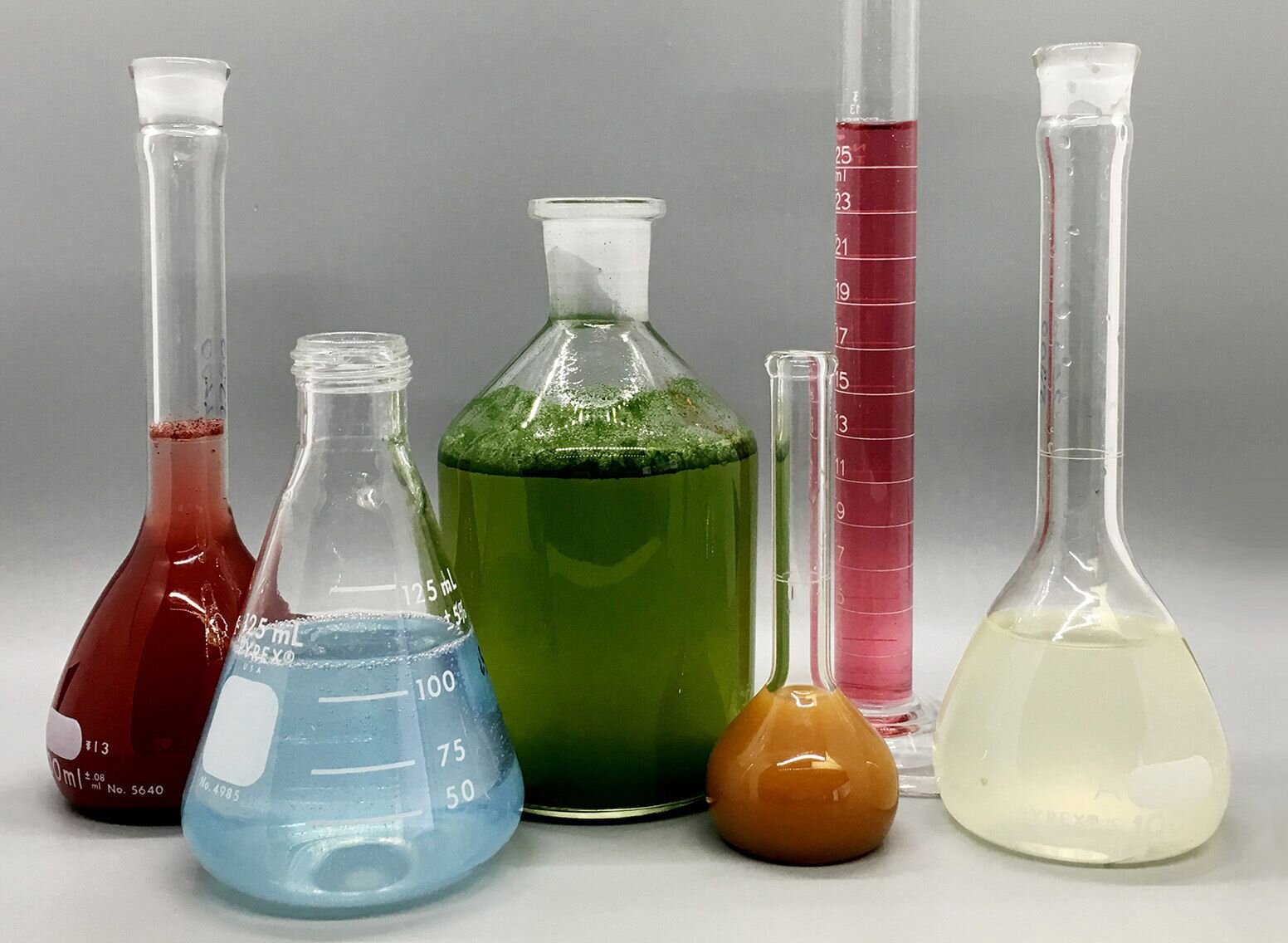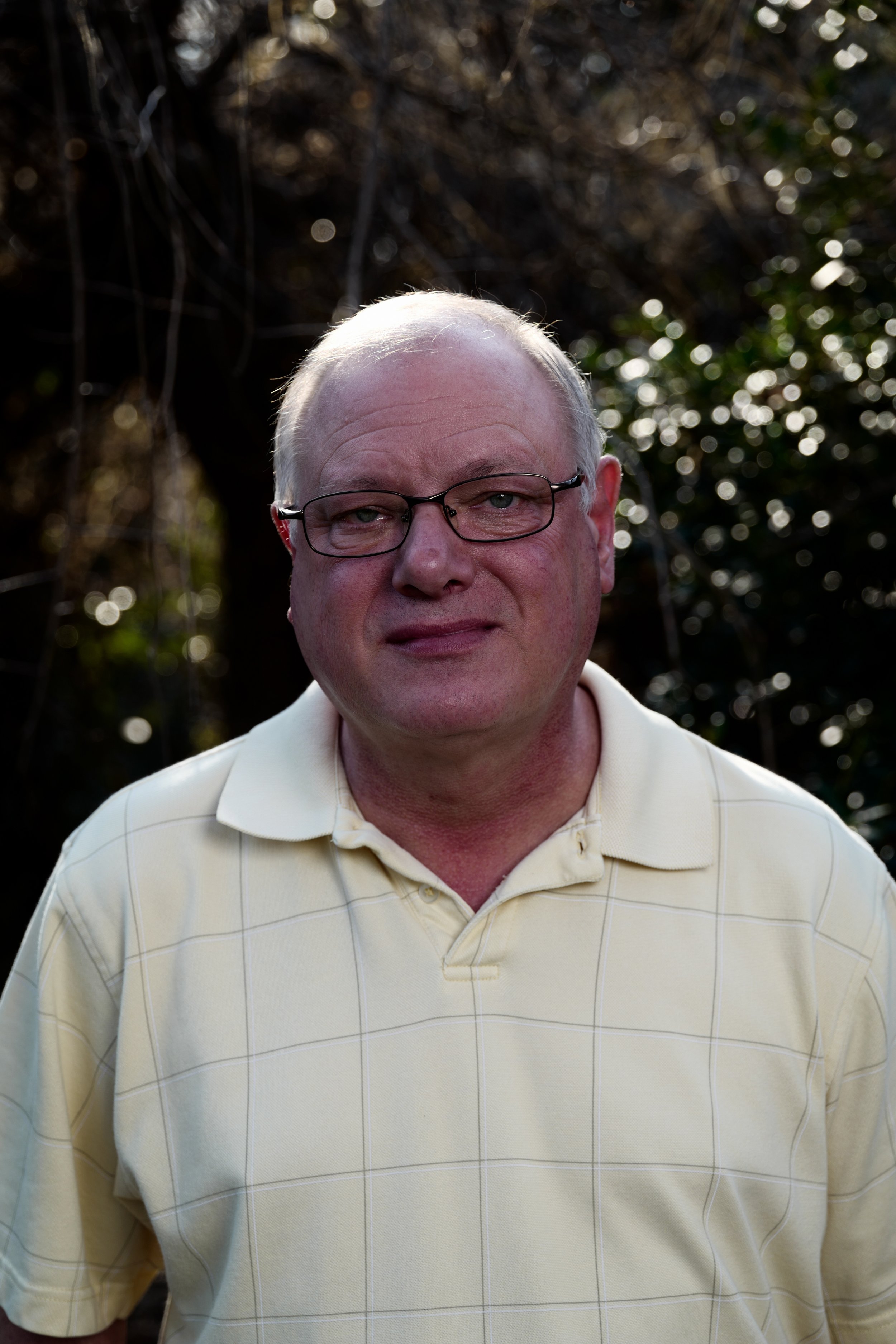Everything about Uv/vis
Wiki Article
The Main Principles Of Uv/vis/nir
Table of ContentsThe Definitive Guide for Uv/vis/nir9 Simple Techniques For Circular DichroismCircular Dichroism for BeginnersUv/vis/nir - An OverviewCircularly Polarized Luminescence Fundamentals Explained

Spectrophotometry is a tool that hinges on the quantitative analysis of particles depending on how much light is soaked up by colored compounds.
5 Simple Techniques For Uv/vis/nir
A spectrophotometer is frequently utilized for the measurement of transmittance or reflectance of services, transparent or opaque solids, such as polished glass, or gases. Lots of biochemicals are colored, as in, they soak up visible light and therefore can be measured by colorimetric treatments, even colorless biochemicals can frequently be converted to colored substances suitable for chromogenic color-forming responses to yield compounds suitable for colorimetric analysis.: 65 Nevertheless, they can also be created to measure the diffusivity on any of the listed light ranges that generally cover around 2002500 nm utilizing different controls and calibrations.An example of an experiment in which spectrophotometry is utilized is the determination of the balance constant of a solution. A certain chemical response within a service might happen in a forward and reverse direction, where reactants form items and items break down into reactants. Eventually, this chemical response will reach a point of balance called a balance point.
Circular Dichroism Things To Know Before You Buy
The quantity of light that travels through the service is a sign of the concentration of specific chemicals that do not allow light to go through. The absorption of light is because of the interaction of light with the electronic and vibrational modes of molecules. Each kind of molecule has a specific set of energy levels associated with the makeup of its chemical bonds and nuclei and hence will absorb light of specific wavelengths, or energies, leading to unique spectral residential or commercial properties.
The use of spectrophotometers covers numerous scientific fields, such as physics, materials science, chemistry, biochemistry. spectrophotometers, chemical engineering, and molecular biology. They are widely used in lots of industries including semiconductors, laser and optical production, printing and forensic assessment, as well as in laboratories for the research study of chemical compounds. Spectrophotometry is often used in measurements of enzyme activities, decisions of protein concentrations, decisions of enzymatic kinetic constants, and measurements of ligand binding reactions.: 65 Eventually, a spectrophotometer is able to identify, depending upon the control or calibration, what compounds exist in a target and exactly how much through computations of observed wavelengths.
This would come as an option to the formerly produced spectrophotometers which were unable to take in the ultraviolet correctly.
The Best Guide To Circularly Polarized Luminescence
It would be found that this did not provide satisfying outcomes, therefore in Design B, there was a shift from a glass to a quartz prism which permitted better absorbance results - UV/Vis/NIR (https://www.magcloud.com/user/olisclarity1). From there, Design C was born with a modification to the wavelength resolution which ended up having 3 systems of it producedIt irradiates the sample with polychromatic light which the sample absorbs depending on its properties. It is sent back by grating the photodiode variety which finds the wavelength region of the spectrum. Ever since, the development and application of spectrophotometry devices has actually increased tremendously and has actually turned into one of the most innovative instruments of our time.

3 Simple Techniques For Circularly Polarized Luminescence
Historically, spectrophotometers use a monochromator consisting of a diffraction grating to produce the analytical spectrum. The grating can either be movable or fixed. If a single detector, such as a photomultiplier tube or photodiode is utilized, the grating can be scanned step-by-step (scanning spectrophotometer) so that the detector can measure the light strength at each wavelength (which will correspond to each "action").In such systems, the grating is repaired and the strength of each wavelength of light is measured by a different detector in the variety. When making transmission measurements, the spectrophotometer quantitatively compares the portion of light that passes through a referral option and a test solution, then electronically compares the intensities of the two signals and computes the portion of transmission of the sample compared to the referral standard.

Report this wiki page